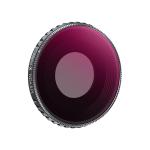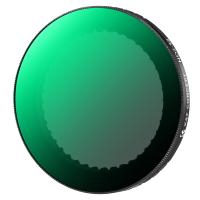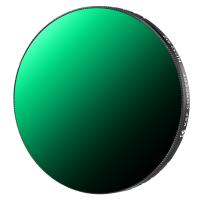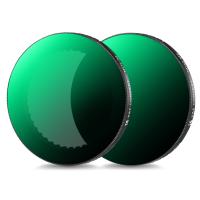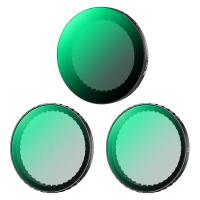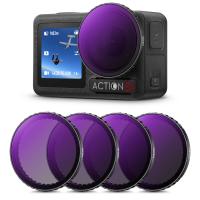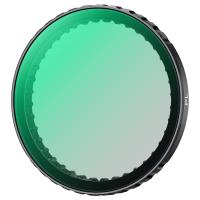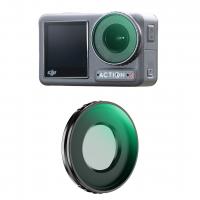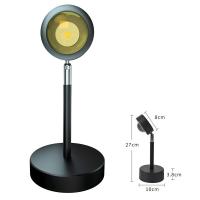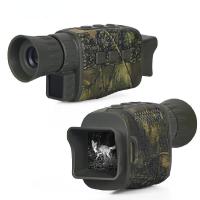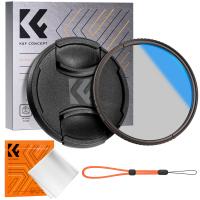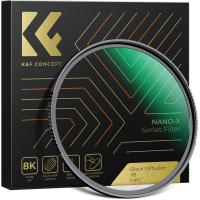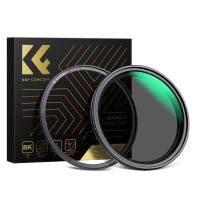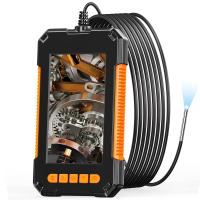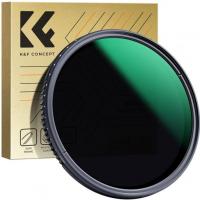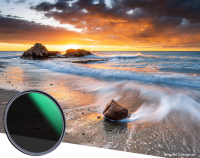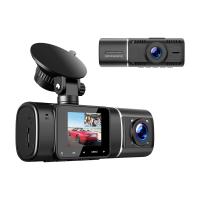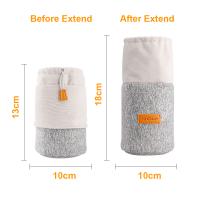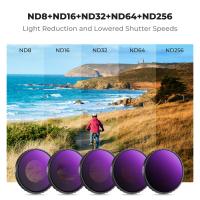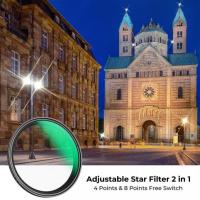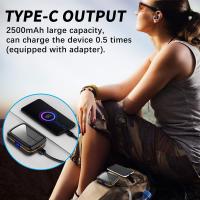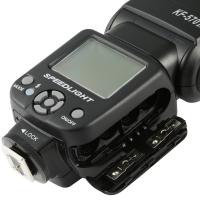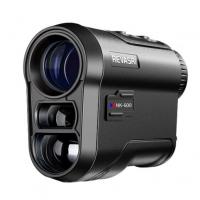Reviews
Very good quality top ND filters for the Osmo Action 3
I simply copied the complete text from my YouTube video for you. Who prefers to see the video "Dji Osmo Action 3 I without ND filter in automatic mode and in PRO mode?" Enter on YouTube. Why do you need filters? It's a valid question, of course, who hasn't asked themselves that? I think everyone has stumbled across this topic and this question... The answer to this is very simple and surprising in view of this video - No, you don't need filters on a camera, it works without it...***but...It would be more an advantage as a disadvantage to have and use some. Anyone who works a lot on the water and beach, like me, or of course, like most of you, vacations there, quickly learns to appreciate filters. First, they are a very good protection against dust or sand from the beach. Of course, a filter also protects the lens, the lens in the camera. So much for the obvious, but the main job of a filter is to let less light through onto the sensor, it's like putting sunglasses on the camera. This has the advantage that you can get longer exposure times. It helps the camera to adjust and react faster in automatic mode when controlling the exposure time or white balance. Or if you prefer to work in Pro mode, you will quickly find that the exposure, the shutter, generally works better. In general, filters make the water smoother, and there are also fewer reflections. Or if you take great landscape shots, the sky immediately looks a little bluer. Filters also enhance the colors generally, making them more vibrant. DJI has, in my opinion, excellent colors and that in connection with a filter automatically makes the recordings **//LVL UP. This saves you having to color the film material because it comes out of the camera almost finished. Of course, the full professionals among you have other requirements and such, but I'm talking here for the normal user, like you and me... There are different ND filters. It starts **in my set at ND 4 and goes up to ND32. The ND4 filter lets only ¼ of the light through to the sensor and the ND32 filter 1/32. I use my filters like this... in the morning ND4, towards noon ND8, noon to afternoon ND16 and afternoon to late afternoon when the sun is very high ND32, and then in the evening just before the golden hour I go down again with the filter strengths. Over time, you get the hang of when and where which filter is best used, it's not witchcraft, even if many want you to believe it. Especially in summer or in winter with snow, I think it should at least be almost mandatory to have an ND filter with you to have. If you like to film in Pro mode and work a lot with it, it is almost a must to work with filters alone because otherwise you cannot work with exposures in a meaningful way.... Especially in summer or in winter when there is snow, I think it should at least be almost mandatory to have ND filters with you. If you like to film in Pro mode and work a lot with it, it is almost a must to work with filters alone because otherwise you cannot work with exposures in a meaningful way.... Especially in summer or in winter when there is snow, I think it should at least be almost mandatory to have ND filters with you. If you like to film in Pro mode and work a lot with it, it is almost a must to work with filters alone because otherwise you cannot work with exposures in a meaningful way....
27/06/2024
Related products
Products You May Like
$162.99 $106.99
$135.99 $74.99
Related articles
Blog You May Like
Popular searches

